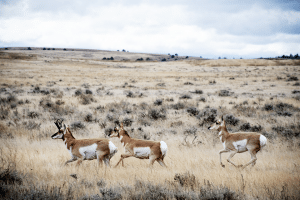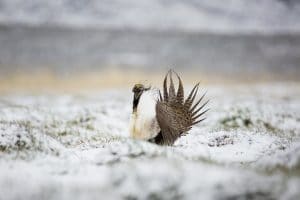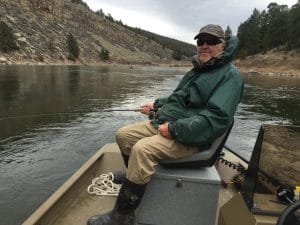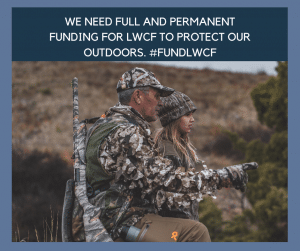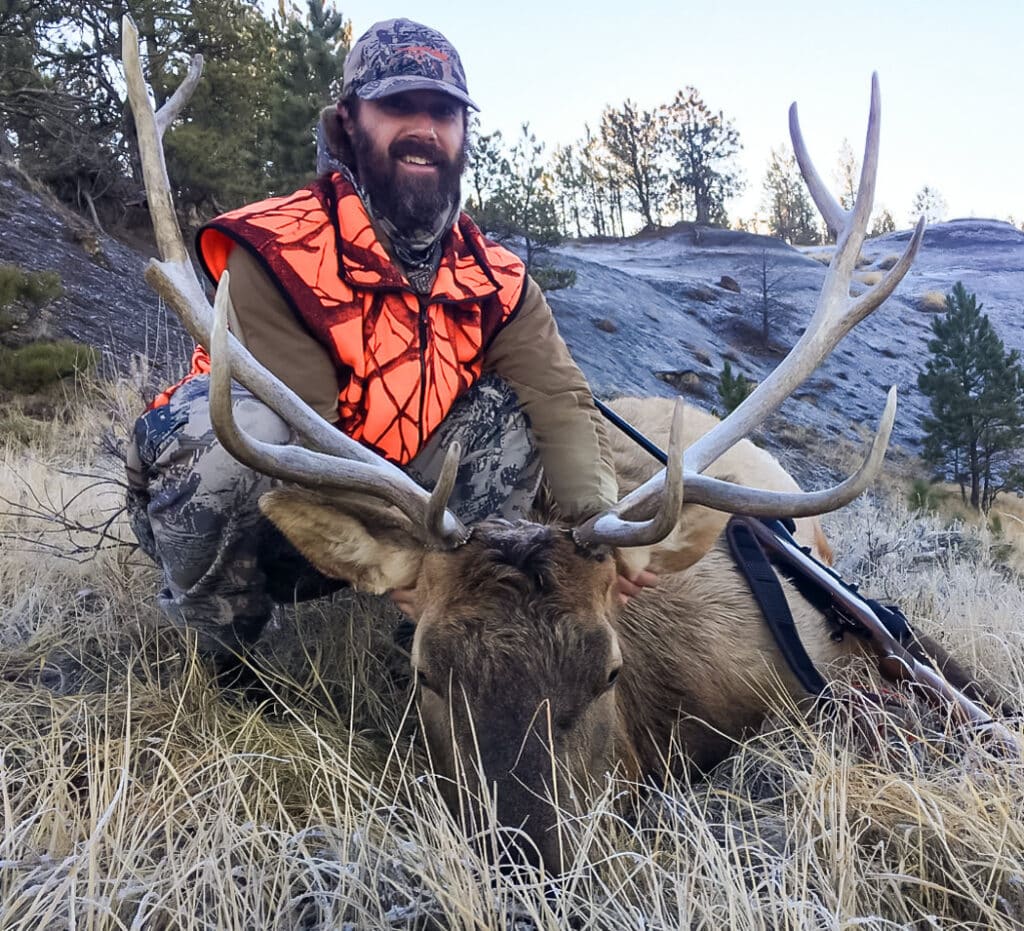
The Stensons worked for over two years to put a conservation easement on their 15,000-acre ranch. It’s a stunning, wildlife-rich landscape that supports mule deer, antelope and game birds, as well as numerous non-game species of wildlife. And now, with the easement, it’s protected from development and open for public hunting and recreation.
MWF nominated the Stenson’s for the award last year after a prolonged process to complete the easement. The issue ended up in the state Supreme Court after a dispute over whether Land Board approval is required for conservation easements. Gov. Bullock won the case, and the Stenson’s easement was finally complete.
But the Stenson’s were not done standing up for the Habitat Montana program. They came to Helena during the Legislative session to oppose a bill that would have undermined the court ruling and required Land Board approval for easements. The Stensons had their money, but they stood on principle and for private property rights.
And they also are not done contributing to wildlife conservation. The Stensons hosted a youth outdoors event last spring to teach natural history, hunting skills, and other outdoors-related topics. They plan to make it an annual event.
MWF is thankful to have solid conservation partners like the Stensons. See the press coverage of the Good Neighbor Awards.
Nick Gevock is the conservation director for the Montana Wildlife Federation.

